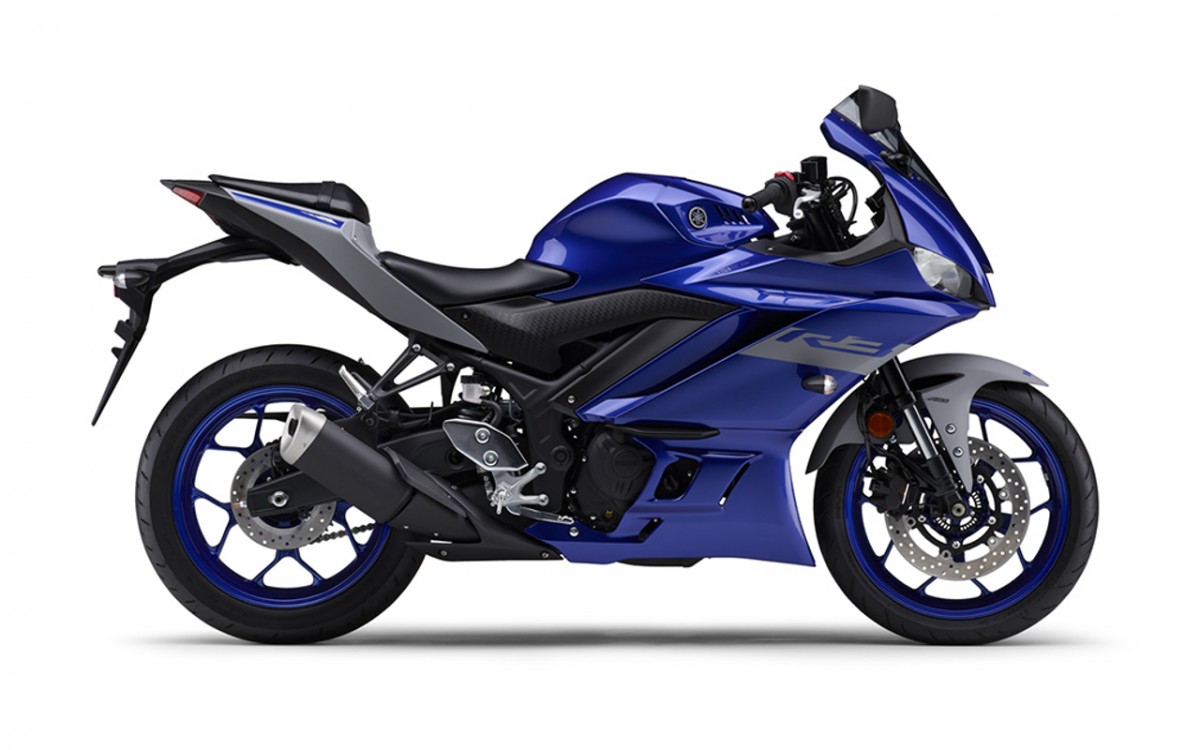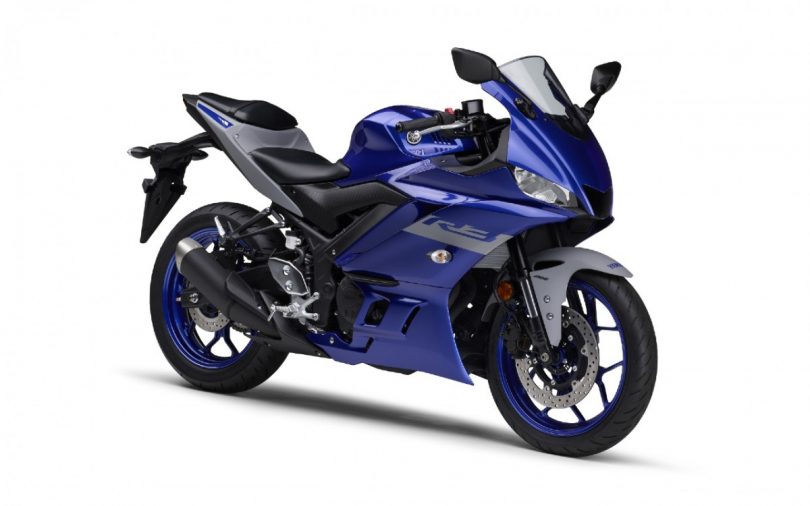Yamaha may soon launch the 2022 YZF-R3 in the Indian market. Launched back in 2015, the model never really set the sales charts on fire. The biggest reason for this was its INR 3.25 lakh ex-showroom price. In 2017, Yamaha launched the R3 with new colours, ABS and better tyres. However, that bumped up the price to INR 3.51 lakh ex-showroom. Thus, making it significantly more expensive than its competition, like the TVS Apache RR 310 and KTM RC 390.
Yamaha planned on bringing the 2020 version of the R3 to India. But, Yamaha delayed the plan due to the pandemic. However, according to sources, Yamaha will launch the BS6 model by Diwali this year. Though one of the most popular picks in its segment internationally, its pricing remains its Achilles heel in India. We will have to see how Yamaha is able to price the new bike, which is updated and gets various feature additions.
Yamaha YZF-R3 – Overview
Yamaha gave the R3 a major overhaul in 2019. The bike got an all-new design at the front, which draws inspiration from the bigger R1 and the M1 MotoGP race bike. The bike also got better aerodynamics, full-LED headlights, ram-air intake, a full-digital instrument cluster, a different fuel tank design, upside-down forks and more. Since then, Yamaha has not made any changes to the bike except for new colour options.
The R3 offers a committed riding stance with rear-set footpegs placement and a low-set handlebar. Yamaha does not aim for outright performance figures. However, the company has tried to lower the bike’s weight over the years. This has resulted in a better power-to-weight ratio. The 2022 model has a wet weight of 170 kg. Furthermore, a low seat height of 780 mm means it is comfortable for shorter riders as well.
Powering the R3 is a 321cc liquid-cooled parallel-twin DOHC motor. The motor makes 41 PS at 10,750 rpm and 29.4 Nm of torque at 9,000 rpm. The high-revving engine also comes with DiaSil Cylinders, which are lightweight and improve heat dissipation.
The R3 also gets 37 mm upside-down forks at the front and a preload-adjustable monoshock at the rear. As for brakes, it gets a 298mm front and a 220mm rear disc brake. It also gets Dual-Channel ABS as standard. The bike rides on 110-section front and 140-section rear tyres with 17-inch lightweight aluminium alloy wheels.
Also Read: Yamaha planning to launch new RX100 after 2026



